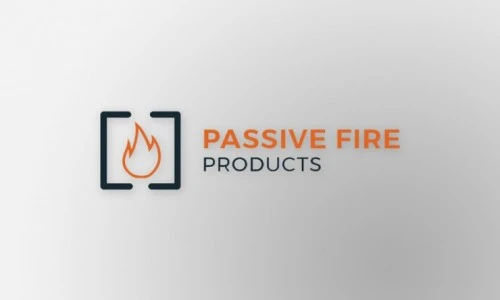Welcome to the first Passive Fire Products Team blog. This month we are going to discuss an overview of the passive fire protection industry and its growing importance in the fire safety strategy in all buildings not only to protect property but most importantly lives.
How it works
Passive fire protection in buildings core aim is to;
- Reduce the spread of fire, heat, and smoke by containing and compartmenting an outbreak of fire in its area of origin.
- Protecting the properties escape routes and increasing the escape time for occupants escape
- Protecting a building’s critical structural surroundings
- Passive fire prevention works in conjunction with active fire prevention, such as sprinkler systems and extinguishers.
The choice between active and passive systems, or a combination of the two, is influenced by the likely size and type of fire, the duration of protection required, the equipment or structure requiring protection, water availability, and the time required for evacuation.
Responsibility
In the UK, passive fire prevention must meet numerous and stringent Building Regulations that ensure people can escape in a safe manner from a building that will itself not collapse in the event of fire. Legislation places responsibility on building owners, managers, occupiers, and designers, to carry out regular fire risk assessments, which should include evaluation of the Passive Fire Prevention provided.
Passive Fire products
The demands placed on passive fire protection have become increasingly complex in recent years, partly because of pressures to improve thermal insulation and reduce energy costs. Take a look at the range of products supplied by us here at Passive Fire Products to learn more about specific products and their benefits.
Passive Fire Products that are installed in a building to improve its fire safety include:
- Fire doors
- Fire-resisting walls, floors, ceilings, and ducts
- Fire stopping and fire protection for structural members
- Fire-resistant epoxy coatings that can be spray applied
- PFP sheet
- Fire-protective boxes or wardrobes
Protection for vital equipment such as first-aid boxes, oil or gas tanks, or other volatile sites to prevent the risk of explosion.
Passive Fire Products may be part of the fabric of a building at initial design stage, or added after it is constructed. Passive fire products should be fit for purpose and frequently maintained. They must have been tested, assessed, and certified by third party certification, to independently verify the competency and quality of the workmanship of companies manufacturing, installing, and maintaining them.
We hope our brief overview has given an insight into the various needs and requirements of not on passive fire products but the necessity and pivotal role passive fire prevention brings to the construction of buildings across the country. For more information you can find more guidance and information about passive fire protection from the ASFP. Or feel free to give our team here at Passive Fire Products who would be more than happy to help you.





